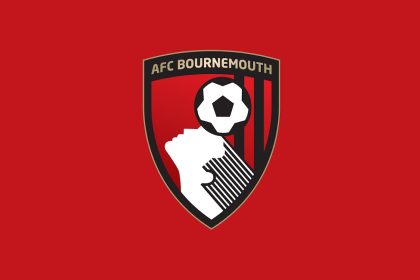From inspiring documentaries to literary works that celebrate the club’s heritage, Rosenborg has emerged as a symbol of resilience and determination. The tales of legendary players and memorable matches evoke emotions that transcend generations, creating a lasting legacy that continues to inspire future enthusiasts GK88.
The Tactical Evolution of Rosenborg FC
To understand how Rosenborg FC has maintained its competitive edge, it’s essential to examine the tactical evolution of the club over the years. Football is constantly changing, and adaptability is vital for sustained success.
Historical Tactics and Playing Style
Historically, Rosenborg FC has been associated with a dynamic and attacking style of play. In its early days, the team relied heavily on fast-paced counter-attacks and wing-play to exploit defenses. This approach was well-suited to the pace and skill of the players, who thrived in open spaces.
As the game evolved, so too did Rosenborg’s tactics. The introduction of structured formations, such as the 4-3-3 or 4-2-3-1, allowed for greater versatility. Coaches experimented with different strategies that accommodated both defensive solidity and offensive creativity, ensuring that the team remained competitive on multiple fronts.
The Role of Coaching Philosophy
The coaching staff has played a pivotal role in shaping the tactical framework of Rosenborg FC. Each head coach brings their unique philosophy, influencing how the team approaches matches. Some coaches prioritize possession-based football, aiming to control the tempo of the game, while others favor a more direct and aggressive style.
The challenge lies in integrating these philosophies into a cohesive unit that can adapt to varying circumstances. Effective communication between coaching staff and players is critical to successfully implementing tactics, leading to improved performances across different competitions.
Analyzing Recent Tactical Trends
In recent years, Rosenborg FC has adopted modern trends in football tactics. This includes a focus on high pressing, which seeks to regain possession quickly and disrupt opponents’ rhythm. By implementing this strategy, the team aims to create goal-scoring opportunities while minimizing risks defensively.
Additionally, the club has invested in analyzing data-driven insights to inform tactical decisions. Utilizing technology and analytics enhances understanding of player performance, allowing coaches to make informed decisions regarding formations, substitutions, and game strategies.
This proactive approach positions Rosenborg as a progressive force in Norwegian football, capable of competing at elevated levels and adapting to the demands of contemporary play.
Player Development and Tactical Awareness
A crucial aspect of the tactical evolution of Rosenborg FC is its commitment to player development. The club recognizes that instilling a tactical understanding in young players is fundamental to long-term success.
Coaches focus on developing players’ situational awareness and decision-making abilities, enabling them to read the game effectively. This preparation allows them to adapt to various match scenarios, enhancing overall team performance.
